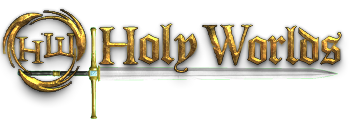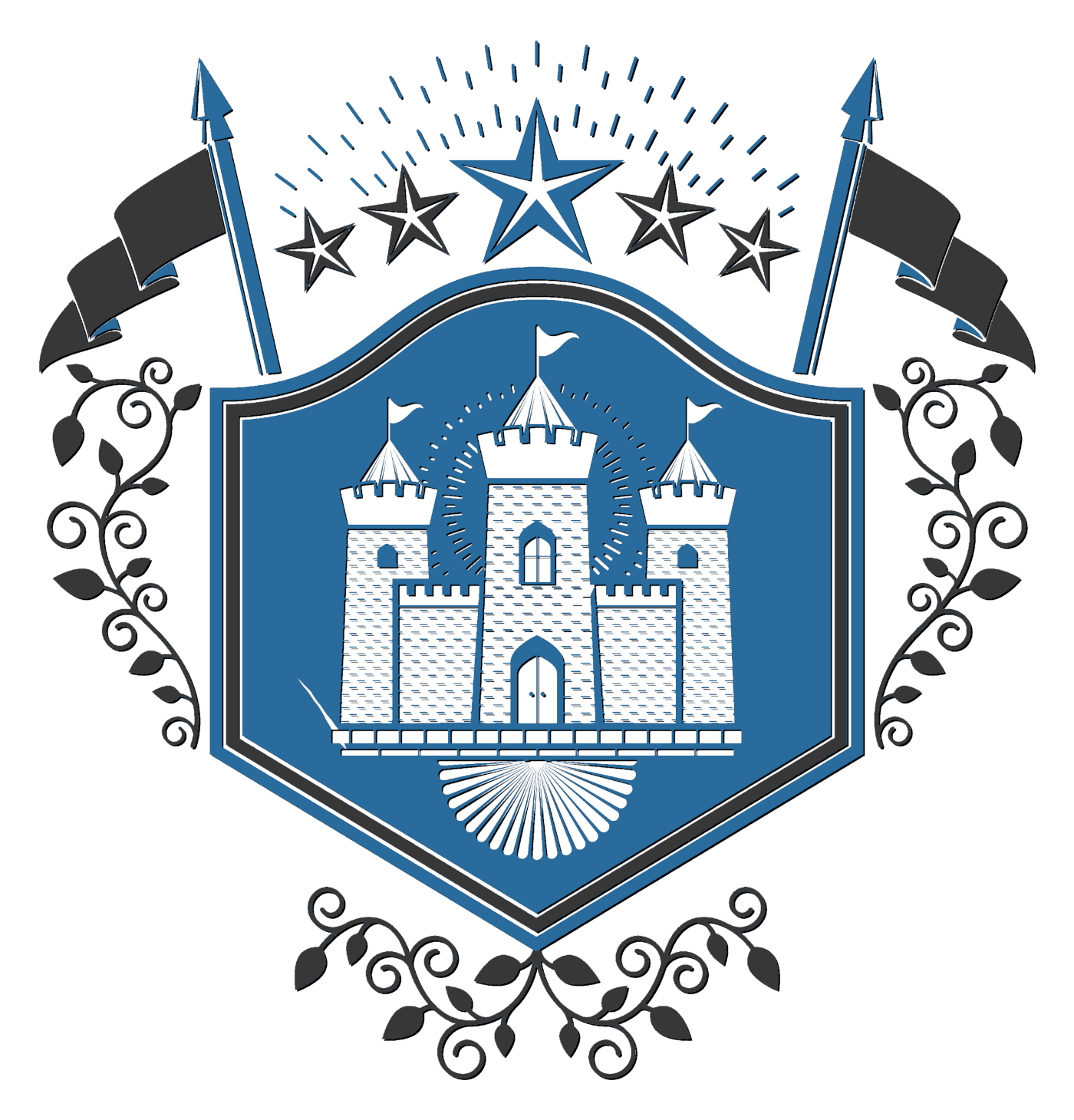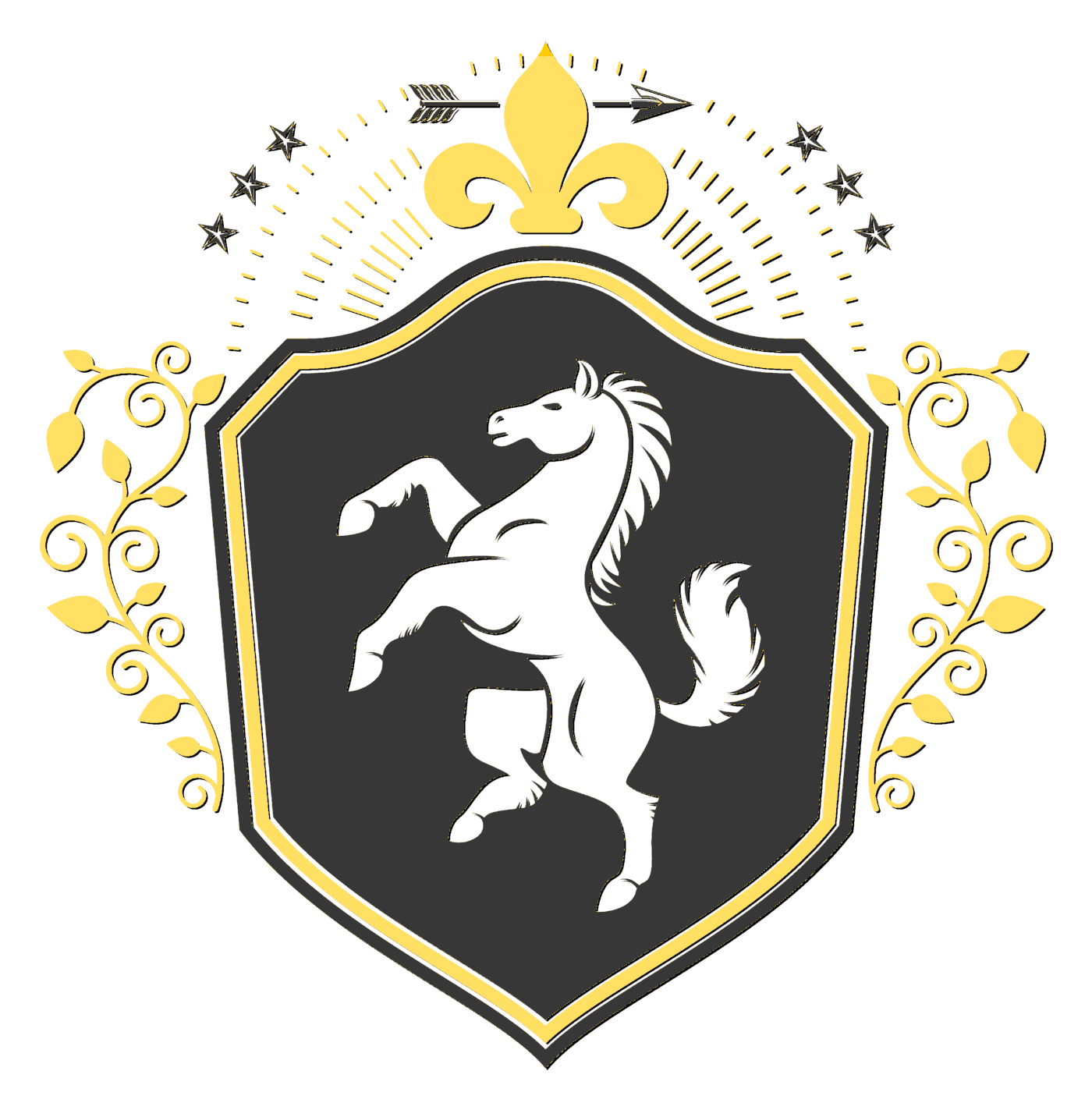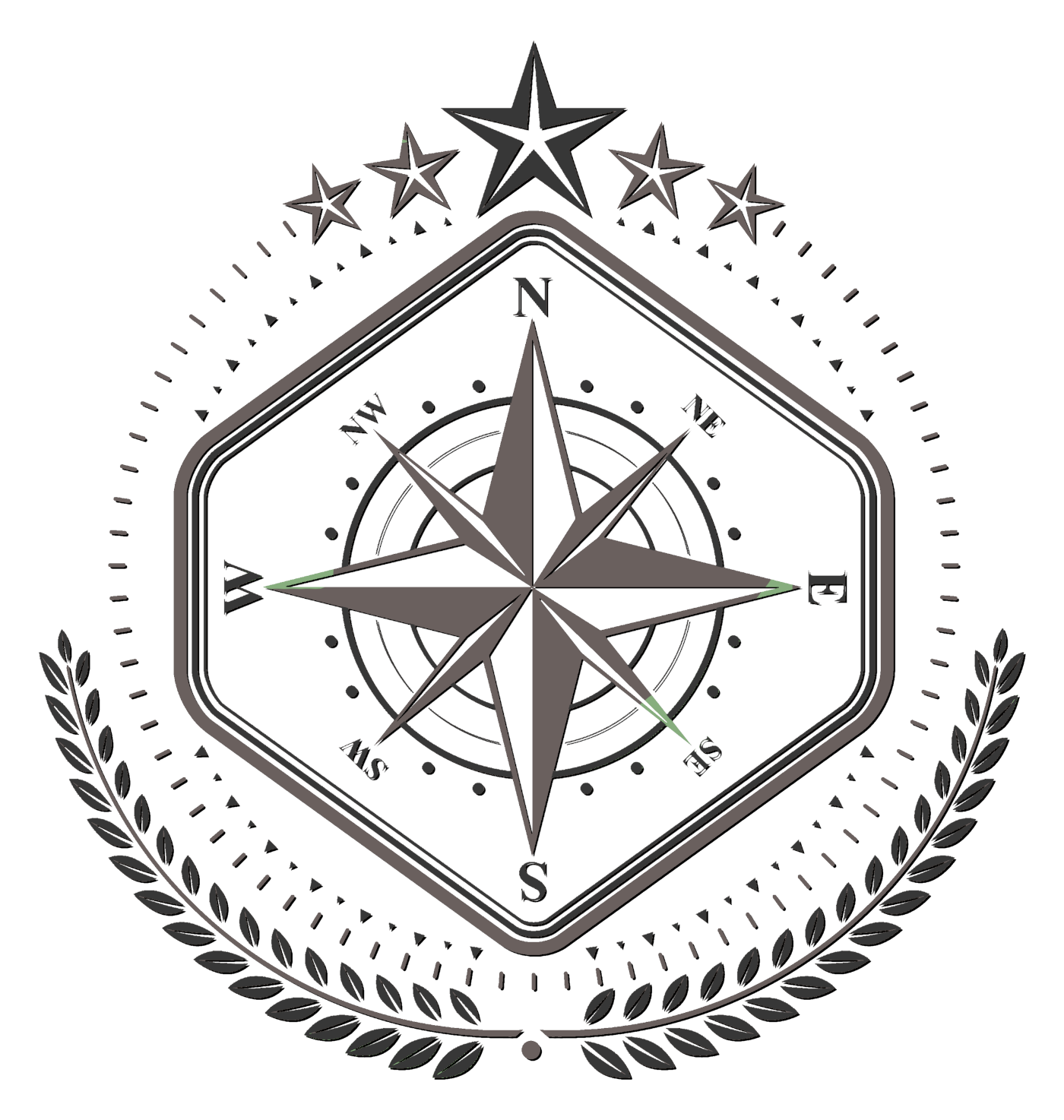Dragons: Of the Past (part 3 of 4)Okay, I have to warn you all, I am very zealous when it comes to the historical/scientific side of this stuff. I’m a creation science buff. In fact, once upon a time, I planned on going into the creation ologist profession. But why that isn’t happening is another story. So I will start out by saying I hope I don’t overwhelm anyone with part 3 and 4 of this series.

We have established the fact that “dragons” (leviathan) and “dinosaurs” (behemoth) are spoken of in the Bible, and thus were once very real creatures. If the young earth creationist perspective is correct, the dinosaurs and dragons actually practically went extinct after they were reintroduced following the global flood of Noah. Therefore, these animals have either gone extinct since the flood, or are still alive today in diminished form.
So here is a bit of interest, and a fact we must establish before moving on. Reptiles are the only terrestrial vertebrate that continuously grows as long as they live. Mammals, on the other hand, have an adolescent period following which there is no further growth. For animals with this capability (continuous growth), the size they may reach remains totally theoretic, especially when considering genetic diversity.
Also, it is very interesting to note that nearly every major ancient culture has myths and legends about giant reptiles. How would all of these civilizations (continents and millennia apart) all come up with legends of giant reptile creatures? Evolutionary scientists tell us that dinosaurs existed millions of years before human beings. Dinosaur fossils were not discovered until thousands of years after the myths of giants reptiles began. How can this be?
It is often asked, “why don’t we see dragons and dinosaurs alive today, if they really existed?” I think this explanation is rather simple, actually, and it is twofold.
The first theory is probably the main cause of the apparent extinction of these creatures. Would you not agree that humans will kill an animal that possesses a threatening imposition? Or, if an animal provides a needed element (medicinal purpose, blubber) that humans will kill them for that product? Yes? Tell me, what is more threatening than a large, terrible lizard?
It is believe by creation scientist that the legends of dragons and their slayings are historic accounts of when humans were hunting and killing the dinosaurs following the flood of Noah. Let us look at this for a moment. Think of Beowulf. Many Creation Scientists believe that this story is in fact not a story, but an actually account of a historical event.
Historically, reptiles of any significant size have been automatically and immediately killed when in the proximity of human habitats. Large reptiles are simply perceived as a threat. This tendency has placed reptiles under intense natural selection. Selective pressure against large sizes will naturally remove this ability from the gene pool, right? When we consider the range of variability available to other animals, as demonstrated by domestic breeding, it is not hard to imagine the immense sizes that reptiles might reach given their exceptional ability for growth.
The second reason is actually one that we get from scripture. In Genesis the bible talks about the “firmament above, and the firmament below”. In essence, this means that once upon a time there was water that surrounded the earth, creating a filter for the sun and making a greenhouse effect on the earth. This is believed to be part of the reason why humans lived so long (as well as the fact that sin had not affected our genetic code to the extents that it did after the flood). So, just like humans lived to be hundreds and hundreds of years, so did dragons and dinosaurs. If reptiles never stop growing until they die, you can imagine how big they could get O.O In fact, Did you know we have found pre flood fossils that show 6 ft. long roaches(don’t freak out girls)? Now imagine what this did to the dragons and dinosaurs.
Dragon history is nearly universal throughout the world's ancient cultures. It is phenomenal! There is a global concept about dragons! Many ancient cultures from varying continents describe, record, draw, etch, sew and carve uniform pictures and descriptions of dragons. So let me ask you, if they did not witness these creatures during their lifetimes, how did they all describe the same thing so perfectly?
Accounts from China, Europe, the Middle East, and ancient Latin America share very similar accounts. Some cultures revered these creatures. For instance, records of Marco Polo in China show that the royal house kept dragons for ceremonies and dragons were hunted for meat and medicine in the Province of Karazan. Records of the Greek historian Herodotus and the Jewish historian Josephus describe flying reptiles in ancient Egypt and Arabia. In other cultures, it was a great honor to kill these creatures. There are numerous records of warriors killing great beasts in order to establish credibility in a village. Gilgamesh, Fafnir, Beowulf and other famous legends (including the mythology of Egypt, Greece and Rome) include specific descriptions of dragons and other dinosaur-like creatures. We even have accounts of an Asian Emperor breeding dragons, and an entry is made in the royal scrolls that the royal dragon feeders were tossing meat to them. Additionally there are notes made about the Emperor’s chariots being pulled by dragons in the streets.
Dragon history is revealed on numerous objects of ancient art throughout the world. Dinosaur-like creatures are featured on Babylonian landmarks, Roman mosaics, Asian pottery, royal robes, Egyptian burial shrouds, government seals, Peruvian burial stones, tapestries, Mayan sculptures, Aboriginal and Native American petroglyphs (carved rock drawings), and many other pieces of ceremonial art throughout ancient cultures. What does all this evidence really mean?
Many people don't realize that paleontology (the study of past geological ages based primarily on the study of fossils) is a relatively new science. In fact, the concept of dinosaurs (giant lizards) only surfaced in its present form less than 180 years ago. Prior to that, anyone who found a large fossilized bone assumed it came from an elephant, dragon or giant. There wasn't any notion of "science" attached to these finds.
It wasn't until 1841 that English scientist Richard Owens suggested that the group of "newly discovered" animals be called "dinosaurs," which literally means "terrible lizards." Throughout the next few decades, the first artist depictions of dinosaurs were actually comical when compared to what we can scientifically discern today. How then, do pottery, linens, cave paintings, and written descriptions of "dragons" from 2,000 to 4,000 years ago depict dinosaurs better than what science could muster in the mid-1800's?
In literature, dragons are certainly universal ancient motifs. Dragons are found in the early literature of the English, Irish, Danish, Norse, Scandinavians, Germans, Greeks, Romans, Egyptians and Babylonians. Among the American Indians, legends of dragons flourished among the Crees, Algonquins, Onondagas, Ojibways, Hurons, Chinooks, Shoshones, and Alaskan Eskimos.
One of the most famous Danish dragon tales is from "Sigurd of the Volsungs" and concerns "The Slaying of Fafnir." Sigurd, the hero of the epic tale, is afraid of Fafnir the dragon because his tracks seem great. This surely would have been true, whether the footprints themselves, or the sound of their approach were being considered. Sigurd hides in a pit, and when the dragon crawls to the water, he strikes up into its heart. Again, if a man were to slay a large dinosaur, this would be an intelligent way to do it, for one would be out of the way of the creature's powerful tail and sharp, meat-rending teeth. Probably the head, neck and heart were the only truly vulnerable areas on the huge body. Leviathan was a water creature, therefore, everything in this scene is totally realistic, and makes good dragon-hunting strategy.
Sigurd is afraid he will drown in the dragon's blood, which may be another indication as to the size of the creature. If the dragon had fallen over the mouth of the pit, Sigurd's drowning in its blood would have been a distinct possibility. (Hope I’m not getting too gross here)
Both the dragon in this early Danish epic and the dragon in the Old English epic, Beowulf, guard a treasure. We can only speculate as to the origin of this idea. It's possible that a dragon did in fact make off with some loot. Think about birds who are attracted to shiny objects. They steal them and carry them off to their nests. Or think of packrats who will run off with anything that interests them. Their dens are filled full of stuff. So I see no reason why it is impossible for this to apply to a dragon as well. Or it's possible that the abode of dragons were so unapproachable that ancient peoples imagined their dens to be loaded with treasures. The unnamed dragon in Beowulf also vomits flames, and is fifty feet long, as measured after its death. As with Fafnir, "earth dwellers much dread him." He is a night creature.
Now, let us be realistic here. There are also many tall tales told about dragons too. There were many Greek heroes who supposedly slayed Dragons as well. I do not believe in Greek mythology, however, lots of Greek Myths about their Gods were based off of something that happened in real life. Hercules was supposedly a man, a very strong one, who lived. His story was later told and he transformed into a Mythological demigod. So the accounts of Hercules, Apollo, and Perseus slaying dragon’s may have been real accounts of men. However, just like stories today, they were doubtless embellished. I do not believe all dragon stories are based in reality. There are stories told of talking dragons, dragons imbued with phenomenal powers, and dragons who are able to grant life. While I look at these specific tales as human embellishment, I don’t see that these stories force us to see dragons as fabled beings.
Think about it for a moment. What do we do today? Especially us as authors? We have movies like toy story that takes a real thing (toys) that are inanimate, and make them animate, with a soul and everything. So I see this as being no different.
I feel that not only does the bible beautifully support the existence of dragons, but so does history. These creatures were not beautiful poetic essences created in the bible. They were literal recounts of a real being. Over time dragons have morphed into mythical splendor, but like many legends, the stories are based in fact.




